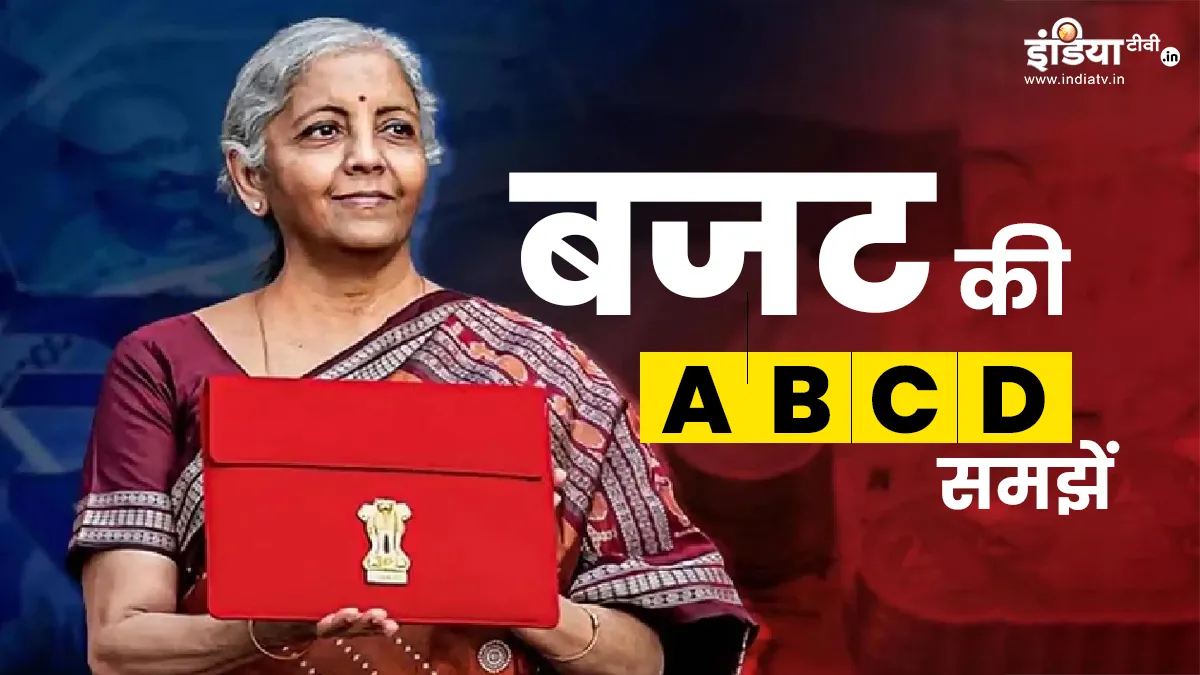
Waiting watch Is going to end. Finance Minister Nirmala Sitharaman will present the budget in Parliament at 11 am today. This time the budget is expected to make many big announcements. If you are also preparing to listen to the budget speech, then you must know the meaning or simple meaning of some important words. By doing this, you will be able to understand the budget easily. Let’s take a look at some important words used in the budget and what are their meaning.
Gross domestic product (GDP)
The GDP of a country (GDP) is the value of a certain period of time, such as a quarter or “last” items and services (consumed by the last user) produced in its geographical areas in a year or a year. In addition to the production for sale, it also includes non-market production such as defense, education and health services provided by the government, but does not include unpaid work (such as voluntary domestic work) and black marketing activities.
Nominal and Real GDP
Nominal GDP reflects the current value of currency, which is not adjusted to inflation/deflation. Real GDP eliminates deformity caused by inflation or deflation, and therefore, it gives a clear picture of how the national production is growing or shrinking year after year.
Finance Bill/ Financial Bill
The Finance Bill to be presented with annual financial statements gives details of the proposed taxes, elimination, exemption, change or regulation of the proposed taxes in the Union Budget. It also includes other provisions related to the budget which can be classified as the Money Bill.
Capital and revenue receipts
Capital receipts also include non-lending receipts such as market lending, other loans and disinvestment income. Receals cause a decrease in government assets. Revenue receipts include (mostly) tax and non-tax revenue.
Capital Expenditure
This includes or decreases the assets/liabilities of the government, it includes expenditure on acquisition of properties like land, building, machinery, equipment, as well as investment in shares, etc., and loans and advances given by the Center to the states/union territories. According to the budget estimate, the capital experience of FY 25 is Rs 11.1 trillion (3.4%of GDP), while in FY 24 (revised estimate) it was Rs 9.5 trillion (3.2%).
Gross fiscal deficit
This is on the one hand the difference between the total expenditure through revenue, capital and loan, which is pure after repayment, and revenue receipts and capital receipts that are not in the nature of borrowings, but the government receives.
Revenue loss/surplus
This is an excess of revenue expenditure on revenue receipts. If the receipts are more than the expenditure, then it is surplus.
public debt
This is the total amount including the liabilities borrowed by the Central and State Governments. In case of the Center, loans paid from India’s Integrated Fund include a large internal component and a very small external loan. While the government appointed by the government advocated a loan-GDP ratio of 60% (40% for the center and 20% for states) by financial year 23, this ratio was 89% in FY1 21 and FY 24 in FY 24 Reached 81.6%.
Latest business news

